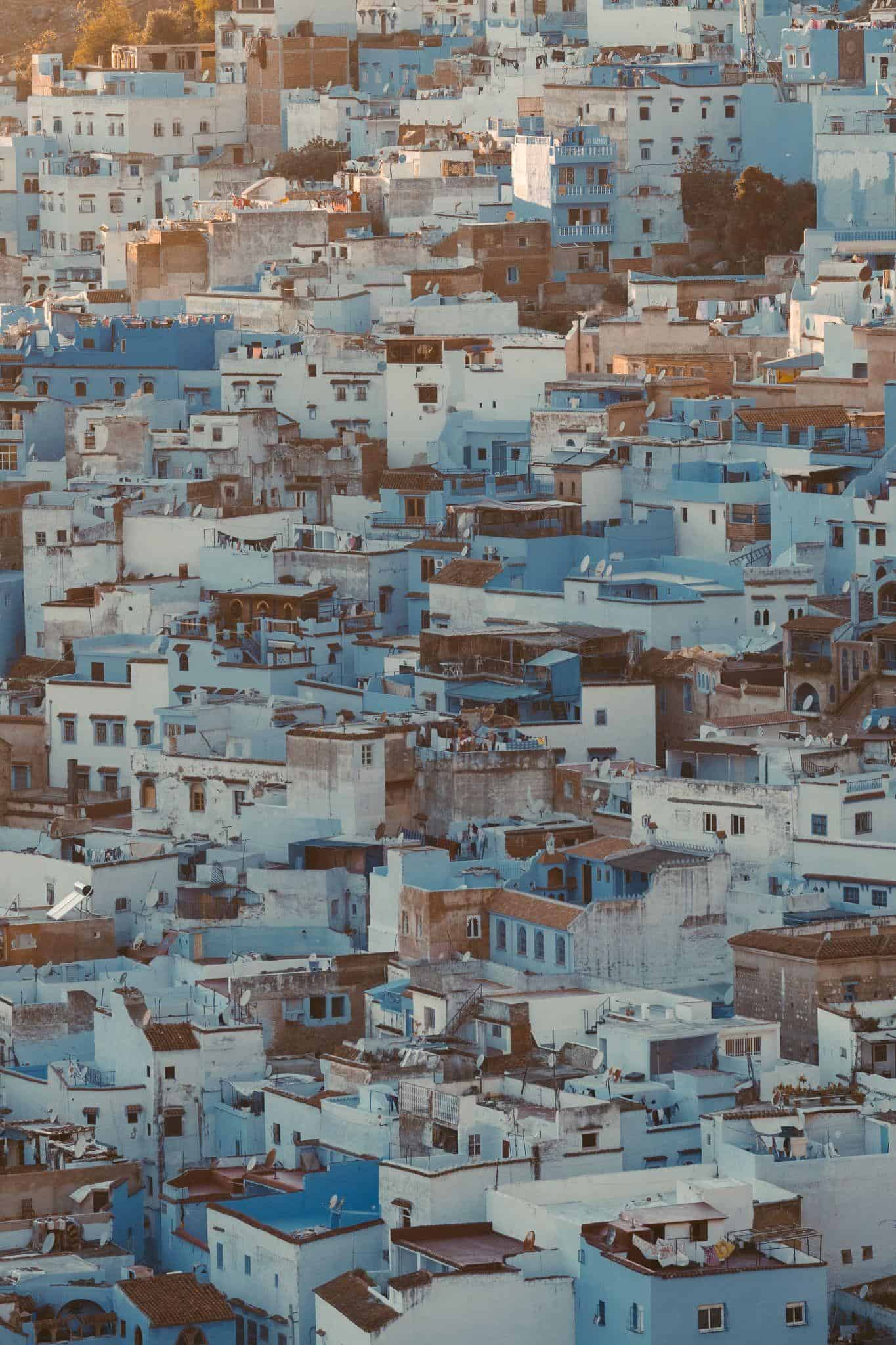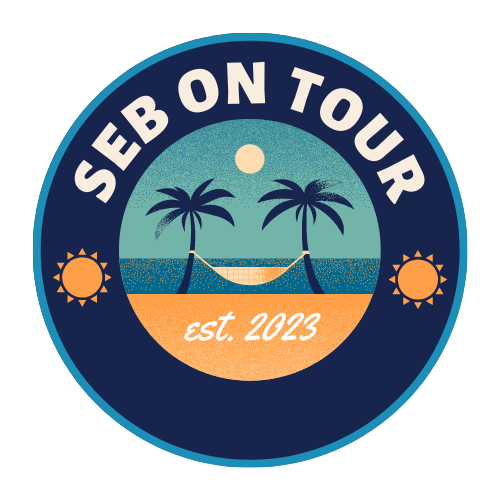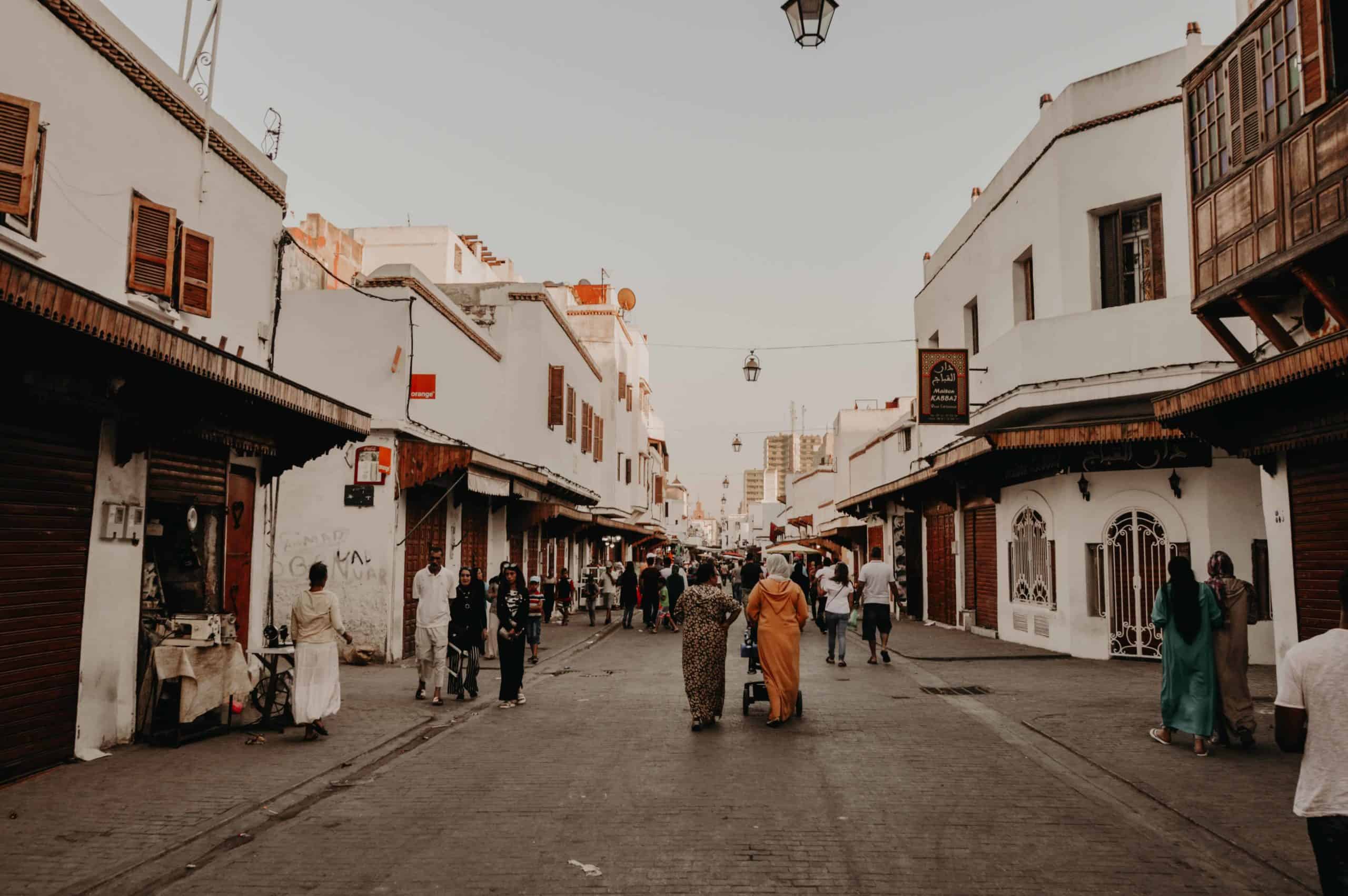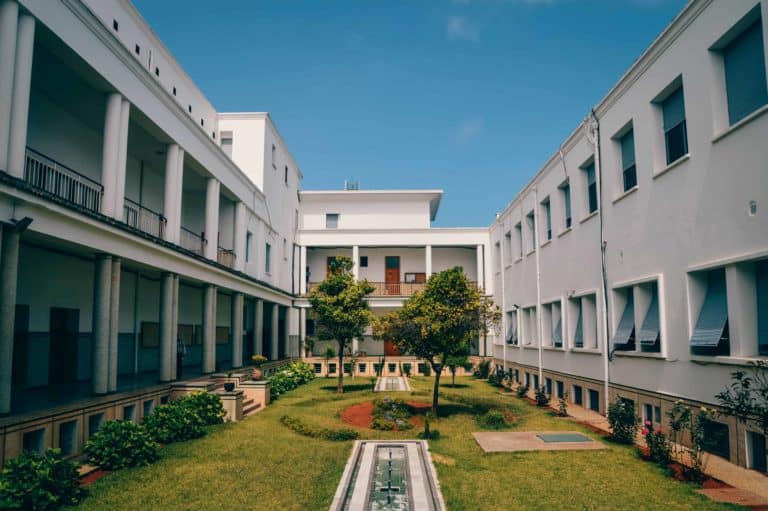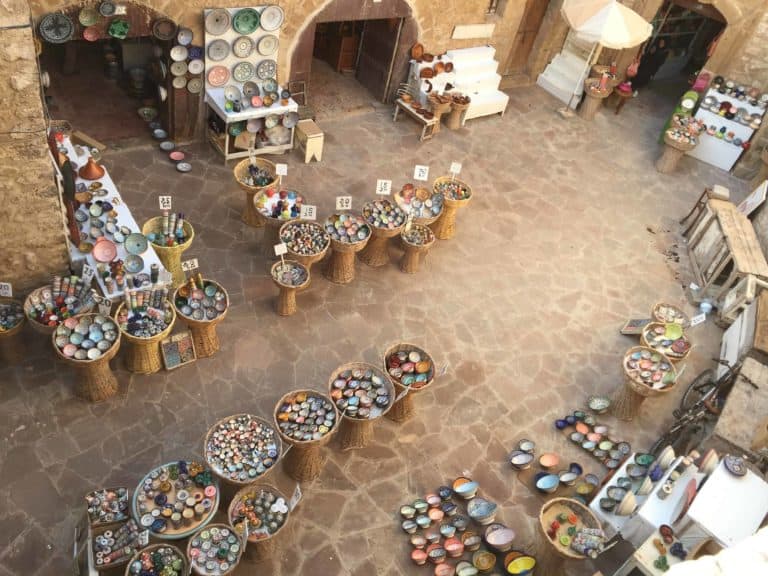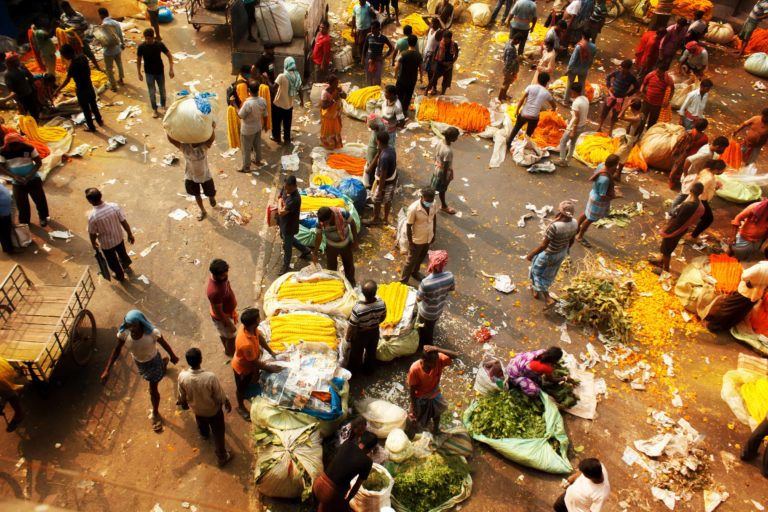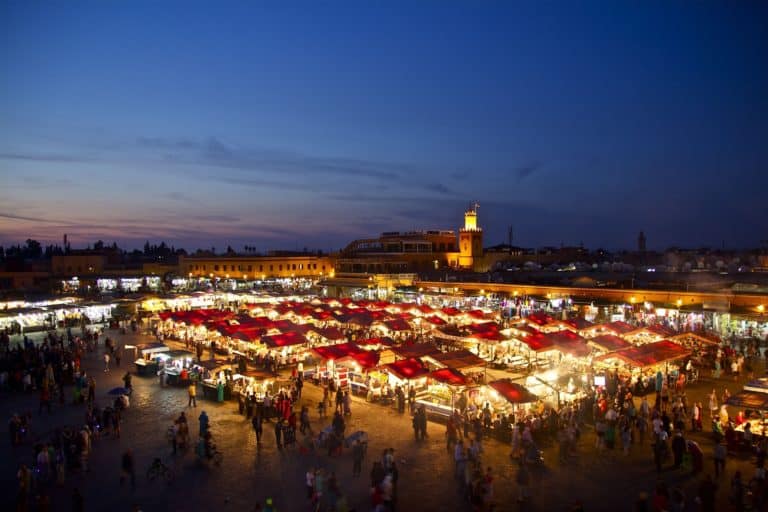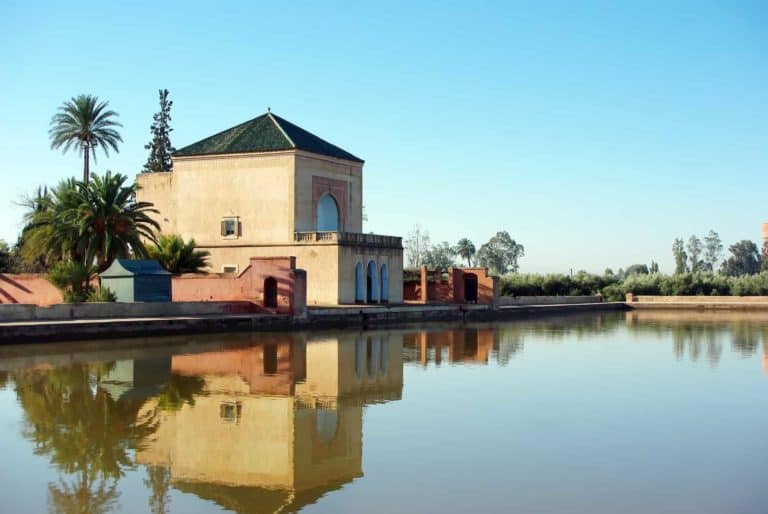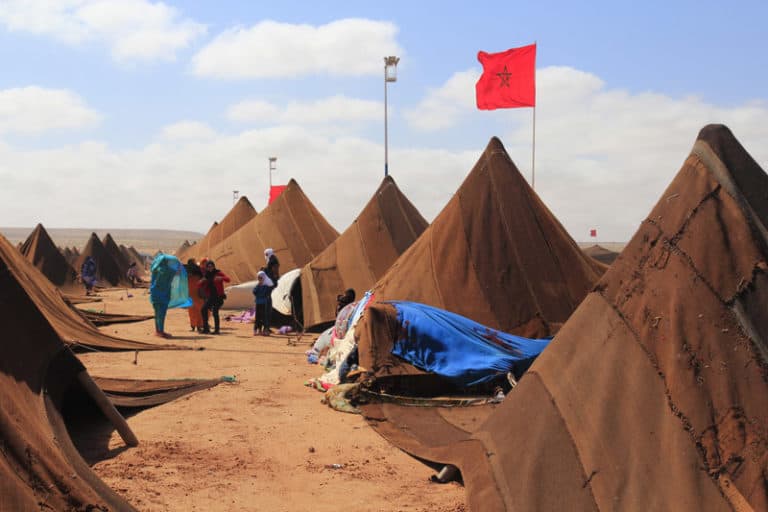Exploring Morocco’s Rich History and Culture: A Fascinating Journey Through Time
Traveling to Morocco is like stepping into a time machine and journeying through centuries of rich history and culture. From the bustling medinas of Marrakech to the winding alleyways of Fez, Morocco is a country that is steeped in tradition and has a unique blend of Arab, Berber, and European influences.
One of the most fascinating aspects of Moroccan culture is its architecture. The country is home to some of the most beautiful and intricately designed buildings in the world, such as the Hassan II Mosque in Casablanca and the Bahia Palace in Marrakech. The architecture is a reflection of the country’s diverse history and the different cultures that have left their mark on Morocco over the centuries.
But Morocco is not just about its architecture. The country is also known for its vibrant music, delicious cuisine, and colorful festivals. From the Gnawa music festival in Essaouira to the famous Marrakech International Film Festival, there is always something to see and experience in Morocco.
The Berber Influence
Origins of the Berber People
The Berber people are the indigenous inhabitants of North Africa. They are believed to have lived in the region for over 4,000 years, and their presence can be traced back to ancient Egypt. The Berbers are a diverse group of people, with many different ethnicities, languages, and cultures. They have lived in a variety of environments, from the mountains to the desert, and have adapted to each one.
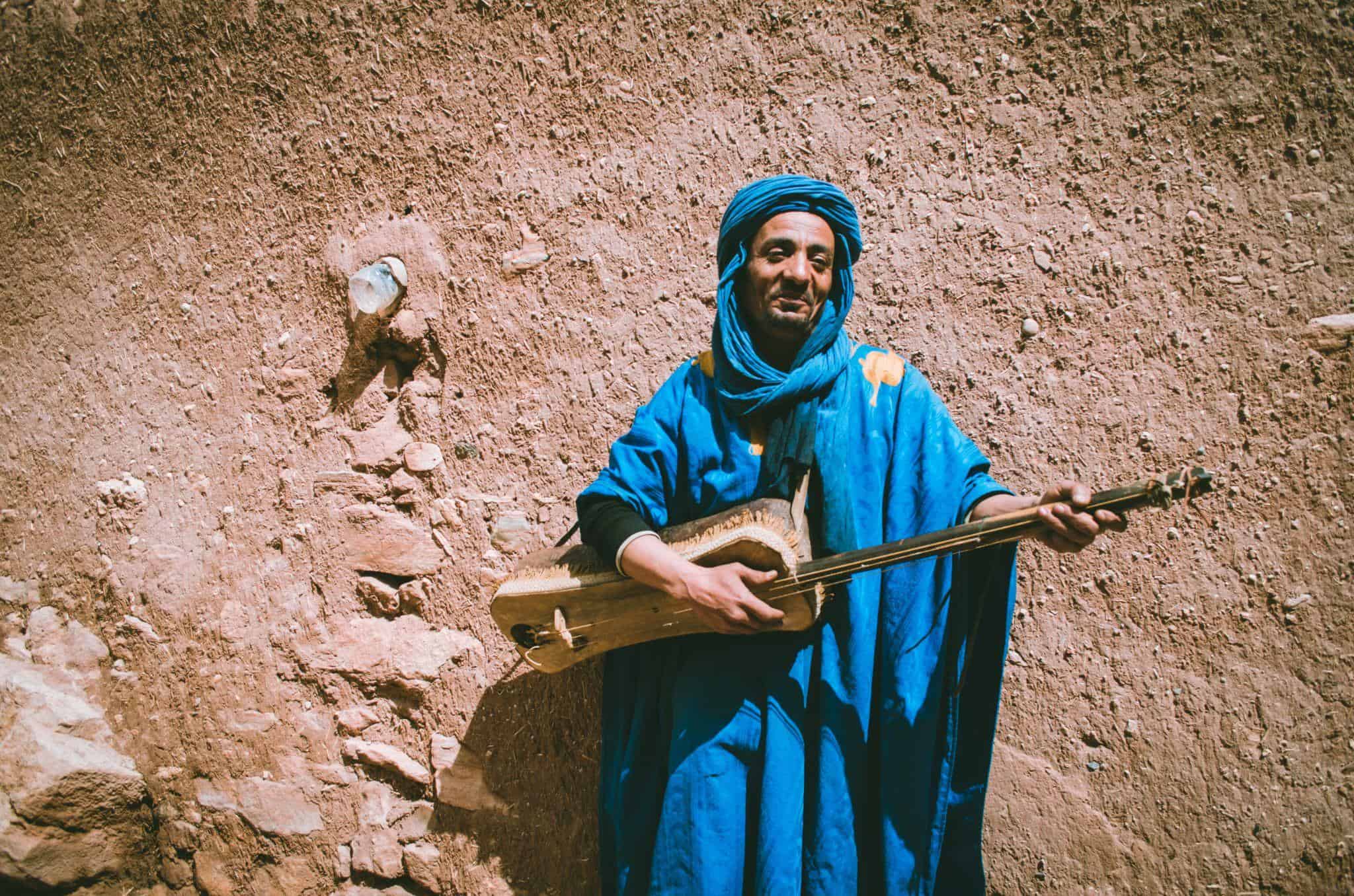
Berber Culture and Traditions
Berber culture is rich and diverse, with many unique traditions and customs. One of the most important aspects of Berber culture is their strong sense of community. Berber villages are tight-knit, with everyone working together to support each other. This sense of community is reflected in Berber music, which often features group singing and dancing.
Another important aspect of Berber culture is their art and crafts. Berber artisans are known for their intricate weaving, pottery, and jewelry. Many of these crafts have been passed down from generation to generation, and are still made using traditional methods.
Finally, Berber cuisine is a delicious and important part of their culture. Berber food is often made with local ingredients, such as couscous, lamb, and vegetables. One of the most famous Berber dishes is tagine, a slow-cooked stew made with meat and vegetables.
The Arab Influence
The Arrival of Islam in Morocco
Islam arrived in Morocco in the 7th century, during the Arab conquest of North Africa. The Arab conquerors brought with them their religion, language, and culture, which had a profound impact on Morocco. The Arabization of Morocco was a gradual process that took place over several centuries, as the Berbers who inhabited the region adopted Arabic as their language and Islam as their religion.
The spread of Islam in Morocco was aided by the establishment of the Almoravid dynasty in the 11th century. The Almoravids were a Berber dynasty that ruled over a vast empire stretching from Spain to Senegal. They were known for their strict adherence to Islamic law and their efforts to spread the religion throughout their empire. Under their rule, Morocco became a center of Islamic learning and scholarship.
Arabic Language and Culture in Morocco
Today, Arabic is the official language of Morocco, and it is spoken by the majority of the population. The Arabic language has had a significant impact on Moroccan culture, influencing everything from literature and music to cuisine and architecture.
Moroccan cuisine, for example, is heavily influenced by Arabic culinary traditions, with dishes like tagine, couscous, and harira being staples of the national cuisine. Moroccan architecture also reflects the influence of Arabic culture, with many buildings featuring intricate geometric patterns and designs.
Overall, the Arab influence on Morocco has been profound and enduring. Today, Morocco is a vibrant and diverse country with a rich cultural heritage that reflects its long and complex history.
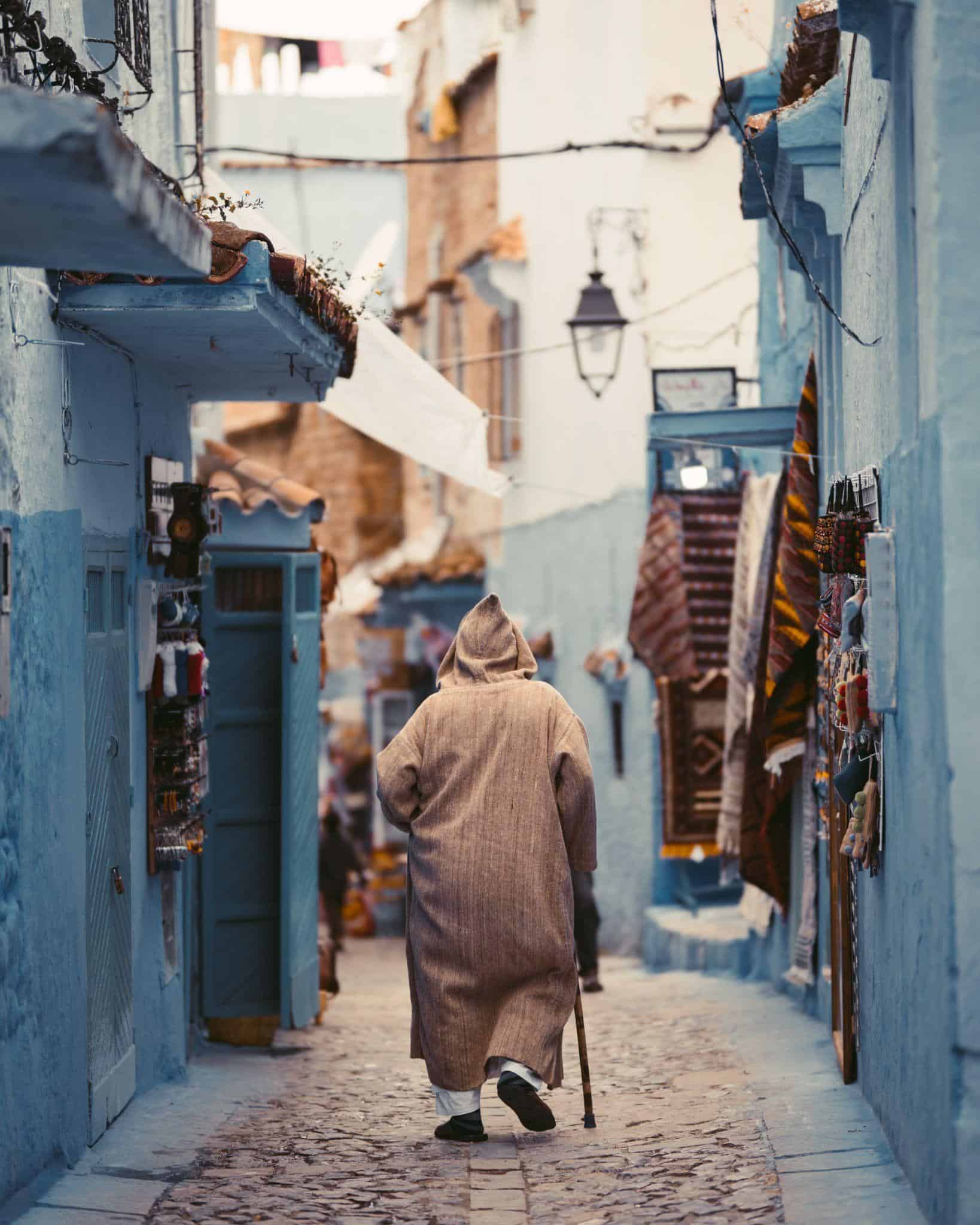
The French Influence
The Protectorate Era
From 1912 to 1956, Morocco was under French protectorate rule. During this time, the French implemented various changes to Moroccan society, including modernizing the infrastructure, introducing new crops, and establishing new industries. The French also made significant changes to the legal system, education, and healthcare.
However, the French protectorate era was not without controversy. The French often clashed with Moroccan nationalists who sought independence. This tension culminated in the 1950s, with the outbreak of the Moroccan War of Independence.
French Influence on Moroccan Culture
The French also had a significant impact on Moroccan culture, particularly in the areas of art, literature, and music. French artists and writers were often inspired by Morocco’s vibrant culture and stunning landscapes.
Many Moroccan artists, in turn, were influenced by French art movements such as Surrealism and Cubism. The French also introduced new musical styles, such as jazz, to Morocco, which had a lasting impact on the country’s music scene.
Today, the French influence can still be seen all over Morocco, from the French-inspired architecture in Casablanca to the French-language schools and universities throughout the country.
Moroccan Cuisine
Moroccan cuisine is a reflection of the country’s rich history and culture. It is a blend of Berber, Arab, Jewish, and Mediterranean influences that have evolved over centuries. Moroccan cuisine is known for its bold flavors, exotic spices, and unique cooking techniques.
Traditional Moroccan Dishes
One of the most popular traditional dishes in Morocco is tagine. It is a slow-cooked stew that is made in a clay pot with a conical lid. The dish is named after the pot in which it is cooked. Tagine can be made with a variety of meats, such as lamb, chicken, or beef, and is typically flavored with spices like cumin, coriander, and saffron. Another traditional Moroccan dish is couscous, which is a type of pasta made from semolina wheat. It is often served with meat, vegetables, and a spicy sauce.
Regional Variations
Moroccan cuisine varies from region to region. For example, in the coastal regions, seafood is a staple of the diet. In the north, there is a strong Spanish influence, and dishes like paella and churros are popular. In the south, near the Sahara desert, dishes like mechoui (roasted lamb) and harira (a hearty soup) are common.
Influences
Moroccan cuisine has been influenced by many different cultures over the centuries. The Berbers, who are the indigenous people of Morocco, have had a significant impact on the cuisine. The Arabs brought spices and new cooking techniques, while the Jewish community contributed dishes like couscous and harissa. The French, who colonized Morocco in the early 20th century, also had an influence on the cuisine, introducing dishes like bouillabaisse and quiche.
Art and Architecture
Morocco is renowned for its rich artistic heritage and exquisite architecture, which reflects the country’s diverse cultural influences over the centuries. From the intricate details of Islamic art and architecture to the timeless beauty of Moroccan traditional crafts, the country’s creative legacy is a testament to its enduring cultural identity.
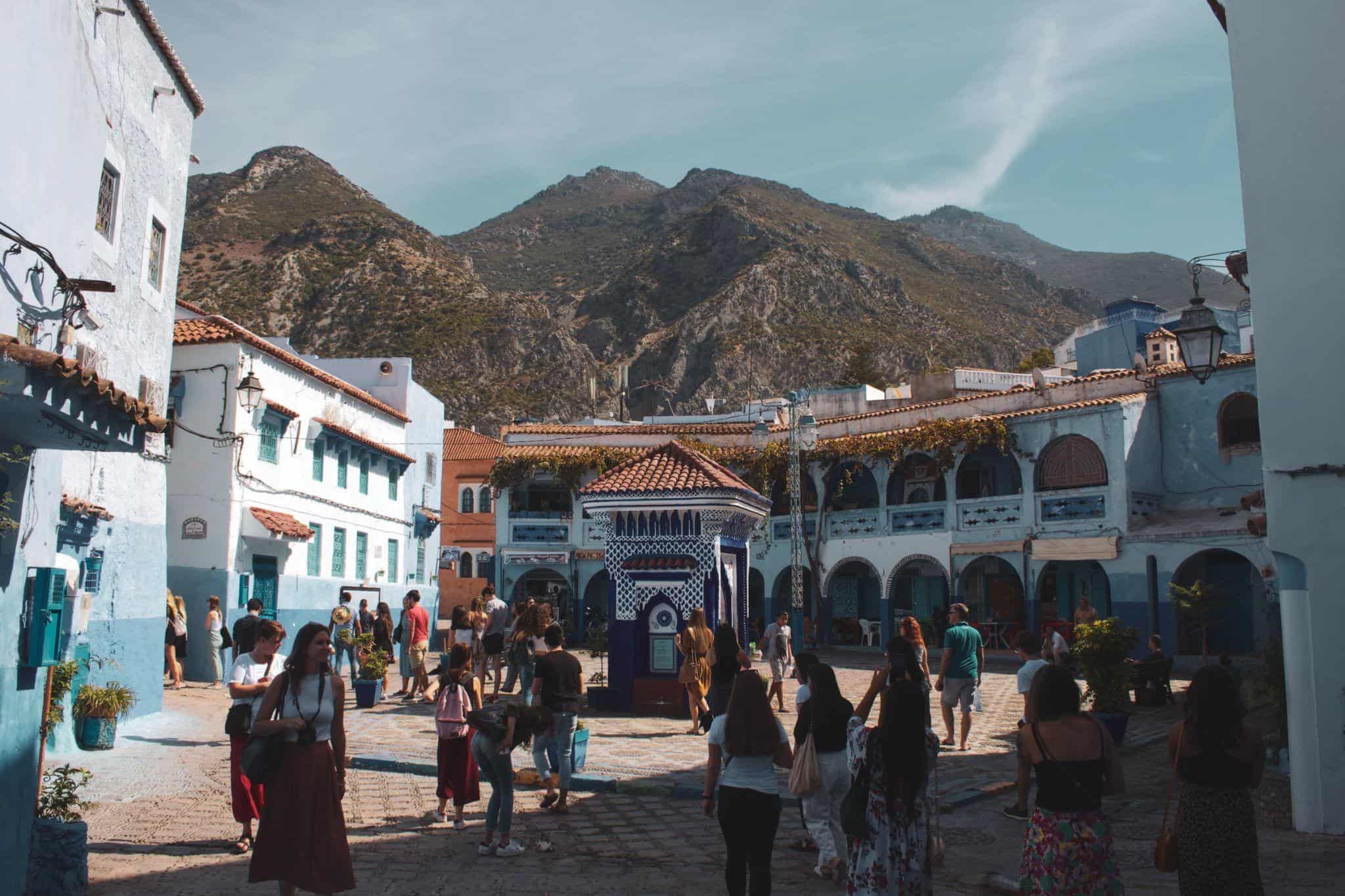
Islamic Art and Architecture in Morocco
Morocco’s Islamic art and architecture are among the finest in the world, with a distinctive style that blends elements of Arab, Berber, and Andalusian design. The country’s mosques, madrasas, and palaces are renowned for their intricate geometric patterns, vibrant colors, and exquisite calligraphy.
One of the most famous examples of Moroccan Islamic architecture is the Koutoubia Mosque in Marrakech, which dates back to the 12th century. Its towering minaret, which stands at 77 meters tall, is a masterpiece of Islamic design, with intricate geometric patterns and calligraphy adorning every inch of its surface.
Other notable examples of Islamic architecture in Morocco include the Hassan II Mosque in Casablanca, the Bou Inania Madrasa in Fes, and the El Badi Palace in Marrakech, all of which showcase the country’s rich artistic heritage.
Moroccan Traditional Crafts
Morocco’s traditional crafts are a testament to the country’s rich cultural heritage, with artisans using centuries-old techniques to create exquisite works of art. From the intricate embroidery of the traditional djellaba to the vibrant colors of the Berber carpets, Morocco’s traditional crafts are a feast for the senses.
One of the most famous examples of Moroccan traditional crafts is the pottery of Safi, which dates back to the 16th century. The city’s potters use locally sourced clay to create stunning pieces, which are then painted with intricate designs using natural pigments.
Other notable examples of Moroccan traditional crafts include the intricate embroidery of the traditional caftans, the vibrant colors of the Berber carpets, and the exquisite metalwork of the country’s skilled artisans.
Festivals and Celebrations
Morocco is known for its vibrant culture and rich history, which is reflected in its many festivals and celebrations throughout the year. From Islamic holidays to national celebrations and regional festivals, there is always something to celebrate in Morocco.
Islamic Holidays
As a predominantly Muslim country, Morocco observes several Islamic holidays throughout the year. These include:
Eid al-Fitr – a three-day celebration marking the end of Ramadan
Eid al-Adha – a four-day celebration commemorating Abraham’s willingness to sacrifice his son
Mawlid al-Nabi – a celebration of the birth of the Prophet Muhammad
During these holidays, Moroccans typically gather with family and friends to feast, exchange gifts, and participate in religious ceremonies.
Moroccan National Holidays
In addition to Islamic holidays, Morocco also celebrates several national holidays throughout the year. These include:
Independence Day November 18
Throne Day July 30
Labour Day May 1
During these holidays, Moroccans often participate in parades, concerts, and other festivities to celebrate their nation’s history and culture.
Regional Festivals and Celebrations
Each region of Morocco also has its own unique festivals and celebrations, many of which are tied to local traditions and customs. Some of the most popular regional festivals include:
Tan-Tan Moussem – a celebration of nomadic culture in the southern region of Morocco
Festival of World Sacred Music – an annual music festival held in the city of Fes
Almond Blossom Festival – a celebration of the blooming almond trees in the Tafilalet region
These festivals offer visitors a chance to experience the diverse cultural traditions of Morocco and connect with local communities.
